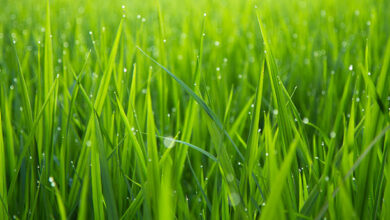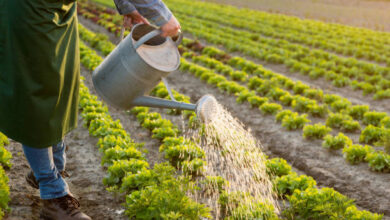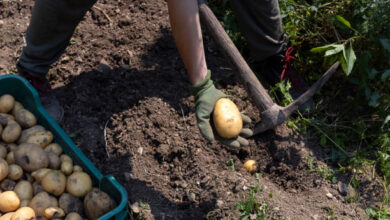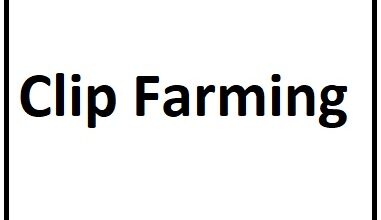What Climate Zone is Missouri In? A Comprehensive Guide
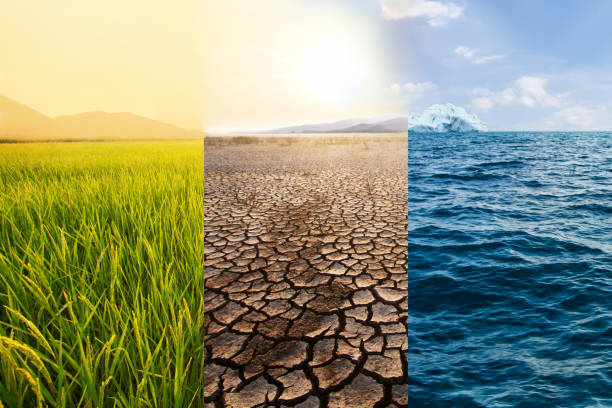
What Climate Zone is Missouri In? A Comprehensive Guide
Understanding the climate zone of a region is crucial for gardening, agriculture, and planning outdoor activities. If you’re wondering, “What climate zone is Missouri in?” you’ve come to the right place. In this guide, we’ll explore Missouri’s climate zones, discuss their characteristics, and provide practical tips for gardening and agriculture in these zones.
Benefits of Knowing Missouri’s Climate Zones
Optimized Gardening
Knowing Missouri’s climate zones helps gardeners select the right plants for their region, ensuring better growth and higher yields. Plants suited to the local climate require less maintenance and are more resilient to local weather conditions.
Agricultural Planning
Farmers can optimize crop selection and planting schedules based on climate zones, leading to more efficient and productive farming practices. Understanding the local climate can help in choosing crops that are more likely to thrive and produce high yields.
Energy Efficiency
Homeowners can improve energy efficiency by understanding their climate zone. This knowledge allows for better decisions regarding home insulation, landscaping, and heating and cooling systems.
Overview of Missouri’s Climate Zones
Missouri is divided into several climate zones due to its varied topography and geographical location. The state primarily falls into USDA Hardiness Zones 5b to 7a, with slight variations across different regions.
Northern Missouri (Zone 5b)
Northern Missouri falls under USDA Hardiness Zone 5b. This zone experiences cold winters with average minimum temperatures ranging from -15°F to -10°F. Summers are warm and humid, making it ideal for growing cold-hardy plants and certain perennials.
Central Missouri (Zones 6a and 6b)
Central Missouri spans USDA Hardiness Zones 6a and 6b. Winters are milder compared to the northern part of the state, with average minimum temperatures between -10°F and 0°F. This zone is suitable for a wide variety of plants, including many fruits, vegetables, and ornamental plants.
Southern Missouri (Zone 7a)
Southern Missouri, particularly the Bootheel region, is classified under USDA Hardiness Zone 7a. This zone has the mildest winters in the state, with average minimum temperatures ranging from 0°F to 5°F. The longer growing season in this region allows for the cultivation of a diverse array of plants, including more tender species that require a warmer climate.
You May Love To Read:
What Planting Zone is Missouri? Your Guide to Gardening Success
When to Plant Tomatoes in Ohio: A Comprehensive Guide
When to Plant Potatoes in Texas: The Ultimate Guide.
Characteristics of Missouri’s Climate Zones
Temperature
Missouri’s climate zones are characterized by significant temperature variations between summer and winter. Northern regions experience colder winters, while southern regions enjoy milder winters and longer growing seasons.
Precipitation
Missouri receives moderate to high precipitation, with annual averages ranging from 35 to 50 inches. Rainfall is fairly evenly distributed throughout the year, with slightly wetter conditions in the spring and early summer. Understanding local precipitation patterns is essential for effective irrigation and water management in gardening and agriculture.
Growing Season
The length of the growing season varies across Missouri’s climate zones. In Zone 5b, the growing season typically lasts from mid-April to mid-October, while in Zones 6a and 6b, it extends from early April to late October. Zone 7a enjoys the longest growing season, from late March to early November. Knowing the length of the growing season helps gardeners and farmers plan their planting and harvesting schedules more effectively.
Tips for Gardening and Agriculture in Missouri’s Climate Zones
- Select Appropriate Plants
Choose plants that are well-suited to your specific climate zone. For northern Missouri (Zone 5b), consider cold-hardy perennials, hardy vegetables like kale and broccoli, and fruit trees such as apples and pears. In central Missouri (Zones 6a and 6b), a wider range of plants including tomatoes, peppers, and berries will thrive. Southern Missouri (Zone 7a) can support more tender plants like sweet potatoes, figs, and some varieties of citrus.
- Adjust Planting Schedules
Tailor your planting schedules to the local growing season. Start seeds indoors when necessary to extend the growing period and transplant seedlings outdoors after the last frost date. For Zone 5b, this might mean starting seeds in late winter, while Zones 6a, 6b, and 7a allow for earlier planting.
- Utilize Mulching and Cover Crops
Use mulching to retain soil moisture and regulate soil temperature, particularly in the hotter southern regions. Cover crops can protect the soil during off-seasons and improve soil health through nitrogen fixation and organic matter addition.
- Implement Water Management Strategies
Given the variability in precipitation, it’s crucial to implement efficient water management strategies. Use rain barrels to collect rainwater, and consider drip irrigation systems to conserve water and ensure plants receive consistent moisture.
Frequently Asked Questions
- What is the coldest climate zone in Missouri?
Northern Missouri, classified as USDA Hardiness Zone 5b, is the coldest climate zone in the state. It experiences the harshest winters with average minimum temperatures ranging from -15°F to -10°F.
- How does the growing season vary across Missouri?
The growing season in Missouri varies by climate zone. Zone 5b typically has a growing season from mid-April to mid-October, Zones 6a and 6b from early April to late October, and Zone 7a from late March to early November.
- Can I grow citrus trees in Missouri?
Citrus trees generally require warmer climates, but in southern Missouri (Zone 7a), you may be able to grow certain cold-hardy varieties with proper care and winter protection.
- When is the best time to plant tomatoes in Missouri?
The best time to plant tomatoes in Missouri is after the last frost date. In Zone 5b, this is usually in early May, while Zones 6a and 6b are late April, and Zone 7a is mid-April.
- What are some drought-tolerant plants suitable for Missouri?
Drought-tolerant plants for Missouri include native grasses, coneflowers, black-eyed Susans, and sedums. These plants are well-adapted to local conditions and require less water.
Conclusion
Missouri’s diverse climate zones offer a variety of gardening and agricultural opportunities. By understanding your specific climate zone and its characteristics, you can make informed decisions that enhance plant growth and productivity. Whether you’re a home gardener or a professional farmer, this knowledge will help you optimize your planting schedules and select the best crops for your region.
Happy gardening in the Show-Me State!

